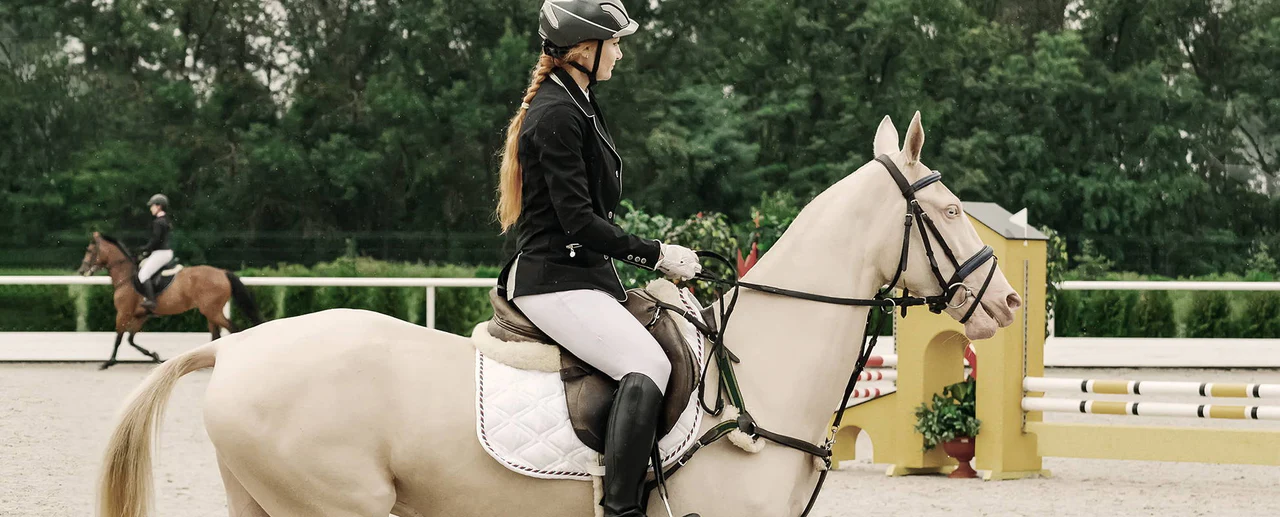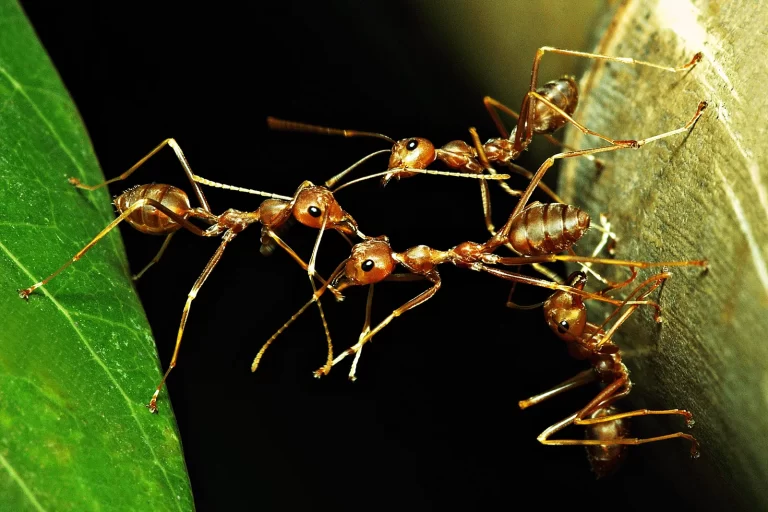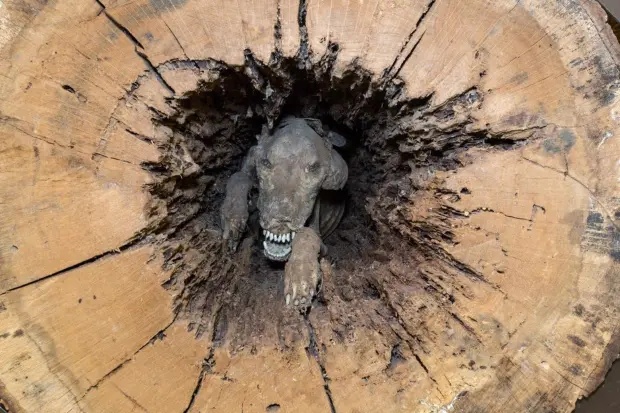The Akhal-Teke: Get To Know The Story and Majesty Behind The Legend
The Akhal-Teke is a unique horse breed known for its shiny metallic coat and sleek muscles. While it may not be the biggest horse around, it’s fast, strong, and can handle any weather or situation. If you’re looking for a lifelong horse companion, the Akhal-Teke is your go-to—they stick with one rider forever and are very loyal and protective.
There are only about 10,000 Akhal-Tekes in the world, so they’re quite rare. Even experienced horse riders might never have seen one in person!
What’s an Akhal-Teke, and why are they so rare?
The Akhal-Teke horse has been around for thousands of years, making it one of the oldest domesticated horse breeds. There’s evidence that horses similar to today’s Akhal-Tekes were around as far back as the 6th century, found in Siberia. They’re believed to be the same breed.
Named after the Teke Turkmen tribe near the Akhal oasis, these horses originally come from the Karakum desert in Turkmenistan. They’re tough and adaptable, used to harsh desert conditions with little food and water.
Nomadic tribesmen first bred them for speed and agility. Even famous figures like Alexander the Great and Persian Emperor Xerxes were said to have owned Akhal-Tekes.
For thousands of years, the breed stayed pure because Turkmenistan was isolated from other horse breeds. It was only in the 19th century, when the country became part of the Russian Empire, that breeding farms started. Today, Akhal-Tekes are rare and seen as a symbol of wealth due to their scarcity—there are less than 10,000 of them worldwide.
Even though they’re rare, Akhal-Tekes still have family connections with other well-known horse breeds like Arabians, Barbs, and Turks.
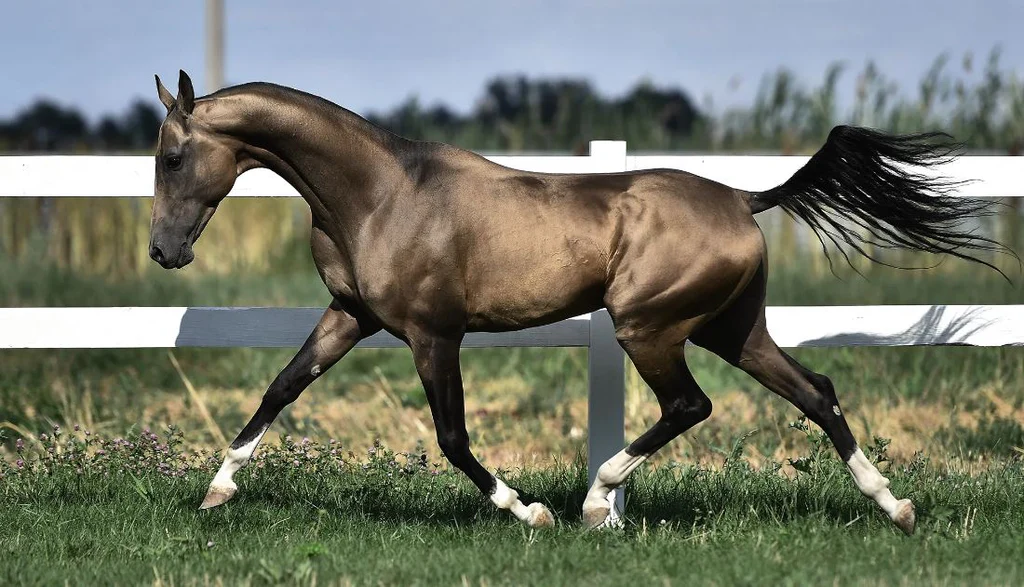
How to Spot an Ahkal-Teke
When you spot an Akhal-Teke horse, their most striking feature is their unique shiny coat. While they can come in various colors, like black, they’re often cream-colored, giving them a golden glow. That’s why they’re often called the “golden horse.” Their coat looks metallic because of how their hair is structured—it bends light differently, making them shine. This might help them blend in with the desert environment, making them hard to spot as they move quickly.
Akhal-Tekes have a distinct build—they’re slender with flat muscles, a long, narrow neck and head, and high withers. They’re smaller and lighter than other horses, standing between 14 to 16 hands tall and weighing around 900 to 1,000 pounds. Their diet is still similar to what they’d eat in the desert—grains and hay, no green grass—to keep them slim and agile.
Even their head shape and eyes are adapted for desert life. Their almond-shaped, hooded eyes help them endure sandstorms and run without stopping.
Also read: The death of 500 million honeybees in Brazil in only three months has raised concerns about the future of our planet and all its living beings.
The Special Qualities of an Akhal-Teke Horse
The Special Qualities of an Akhal-Teke Horse
If you ever meet an Akhal-Teke horse, you’ll likely hear their rider say they’re a “one rider” kind of horse. This means they’re fiercely loyal to just one person and will protect their owner. They’ve developed this strong bond because they’ve often been kept close to their owners instead of being in large groups. Because of this closeness, they’re very good at understanding their rider’s needs and signals, almost like they can read their mind!
Riding an Akhal-Teke is a unique experience. Their movement is smooth and powerful, making for a comfortable ride. This smoothness comes from years of running across sandy deserts, which has shaped their pace to be soft and fast.
These horses aren’t just for leisurely rides—they excel in competitions too. They’ve been successful racehorses for centuries and have even competed in events like the Olympics, showing off their jumping and dressage skills.
In Turkmenistan, where the Akhal-Teke originates, they’re highly celebrated. The horse is featured on the country’s coat of arms, currency, stamps, and is a national symbol. Many monuments in Turkmenistan honor the Akhal-Teke, highlighting its importance in the country’s history.
Where to Find Akhal-Tekes Now
The Akhal-Teke breed can now be found in various places worldwide, but most of them still live in their original homes of Turkmenistan and Russia. Because of this, spotting an Akhal-Teke is quite rare. Sometimes, Turkmenistan even gifts one of these horses to another country as a diplomatic gesture, highlighting how much they value and treasure the breed.
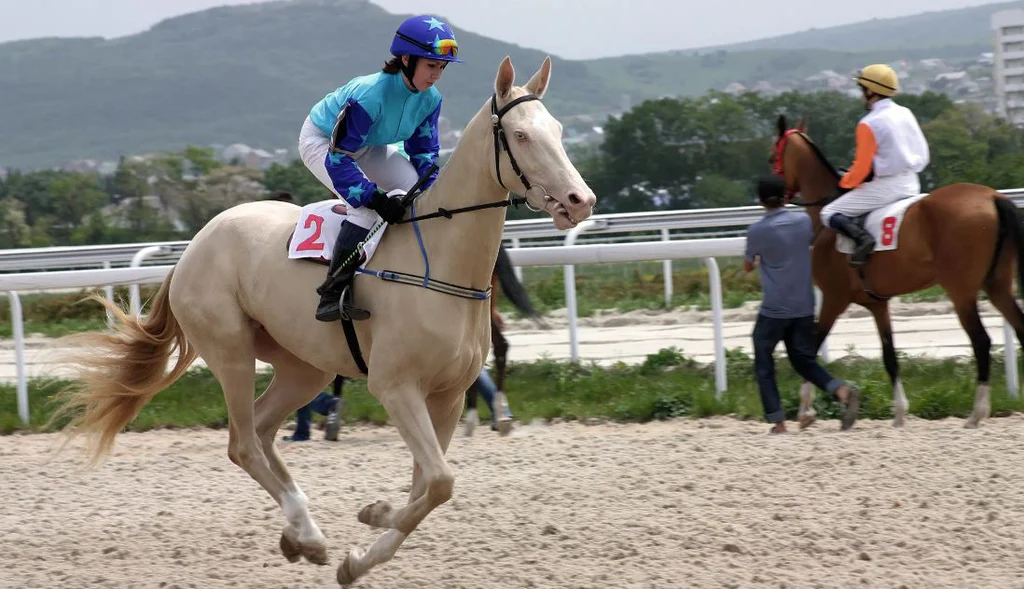
“Getting an Akhal-Teke for Your Barn”
Because Akhal-Tekes are rare, finding one can be tough, especially outside of Turkmenistan and Russia where they’re most common. But if you’re in countries like the United States, you might still find some.
Since these horses are known to bond closely with one rider, it might take time to earn their trust if you’re looking to ride them. But with patience and proper training, it’s doable!
Prices for Akhal-Tekes can start around $7,000, but they can go much higher based on factors like color, training, age, and pedigree. Some can even cost up to $100,000 due to their rarity and unique qualities.
Taking Care of Your Akhal-Teke
Caring for Your Akhal-Teke Horse
Taking care of an Akhal-Teke is similar to other horse breeds, and it might even be easier in some ways. These horses are tough and can handle long periods with little food or water. Plus, despite their shiny coat, they’re not too hard to keep clean.
To care for your Akhal-Teke, brush and comb them once or twice a week, and give them regular baths. It’s also important to check their hooves daily to prevent infections or injuries.
Because Akhal-Tekes were isolated in their homeland for a long time, they have less genetic diversity than other breeds. This means they can be more prone to health issues. Akhal-Teke foals may be born without hair, have teeth and jaw problems, or struggle with digestion and pain. They might also develop wobbler syndrome, which affects their ability to walk smoothly. However, these issues can often be managed with proper medical care.
Ready to Train?
If you’re thinking about adopting an Akhal-Teke, be prepared to earn their trust and loyalty over time. These horses are very loyal to their owners, so it may take a while for them to warm up to you. But once they do, they can adapt to any climate or diet, thanks to their tough nature.
When training an Akhal-Teke, it’s best to use a gentle approach. They don’t respond well to harsh methods, as they’re used to being treated like part of the family. Using the right horse tack and saddle pads can also help manage any genetic conditions they may have and ensure a smooth ride for both horse and rider.
Owning an Akhal-Teke is a rare privilege, as these horses are not commonly seen. They’re known for their unique appearance and unwavering loyalty, making them cherished companions for life.
Also read this articles 👇
